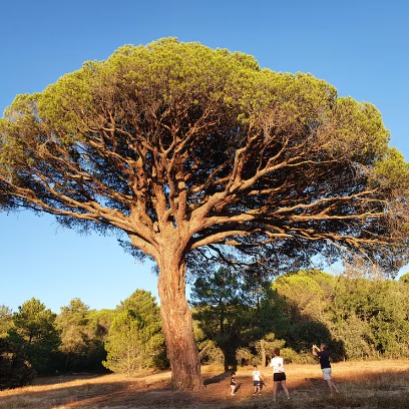
Why are kitchen utensils made of wood?
Many of the kitchen utensils that we use in our day to day are made of wood. Today we are going to analyze the properties that make wood an optimal material for the manufacture of kitchen utensils.
First, wood is a material that does not conduct heat, therefore, it is possible to keep kitchen utensils (especially wooden ladles) exposed to heat without danger of burning.
The wood, in addition, is a material with great durability (as long as the maintenance is adequate) and have a great resistance, compared to its low weight. For this reason, it is used in wooden boards for cutting food or in wooden mallets for fillets.
Another advantage of wooden kitchen utensils is that wood is an inert material, that is, it does not react with other substances, which means that it does not contaminate food. In addition, wood is not attractive either for germs or bacteria, so the wood is much cleaner than other materials.
The wooden kitchen utensils are soft and delicate to avoid scratching the delicate surfaces of the pans and saucepans and are recommended especially for non-stick coatings or stainless steel. The use of a suitable material favors that the useful life of the kitchen tools is greater.
Finally, the wood and its great versatility give rise to endless designs, providing a special and unique to each kitchen. The different species of wood also provide their special touch, offering a wide range of color and characteristics to the wooden kitchen utensils.
We must not forget that wood is a natural, renewable, sustainable, reusable and recyclable material that fits perfectly in the circular economy and the use and management of this material favors the good condition of the mountains.

IT MAY INTEREST YOU
 Know the Guayubira tree: one of the native timber species of the missionary jungle
Know the Guayubira tree: one of the native timber species of the missionary jungle
With information from the Native Missions Species Manual (2024), developed in collaboration between the Faculty of Forest Sciences of the UNAM and the United States Forest Service (USFS) through the Project Update and Edition of the Wood Identification Manual of the Missionary Jungle, we share information from each digital tab that includes dendrological and anatomical characteristics. The manual was elaborated in the Wood, Dendrology and Dendrocronology Anatomy Laboratory (LAMDYD) of the Faculty of Forest Sciences in Eldorado, National University of Misiones.
 The only animal in the world that plant millions of trees every year and is vital for the conservation of nature
The only animal in the world that plant millions of trees every year and is vital for the conservation of nature
They play a crucial role in the conservation of forest ecosystems Nature is full of wonders and surprising processes that often go unnoticed. One of these phenomena is the ability of a small animal to plant millions of trees every year, playing a crucial role in the conservation of forest ecosystems.
 Unusual finding: a pine forest in excellent condition emerges after 6,000 years buried under the ice
Unusual finding: a pine forest in excellent condition emerges after 6,000 years buried under the ice
In the world there are millions of forests. Some are close to urban centers, others in remote and inaccessible places, but they all fulfill a key role: maintain the balance of the planet. They are literally the lung of the earth. When talking about a new forest, the first thing that comes to mind is usually reforestation, a recent plantation or the recovery of an area razed by fire. But this discovery is on another way. It is not a forest sown recently. It is an old forest, which was there for thousands of years, buried under the ice. And now, with the thaw caused by global warming, he has emerged again.





















